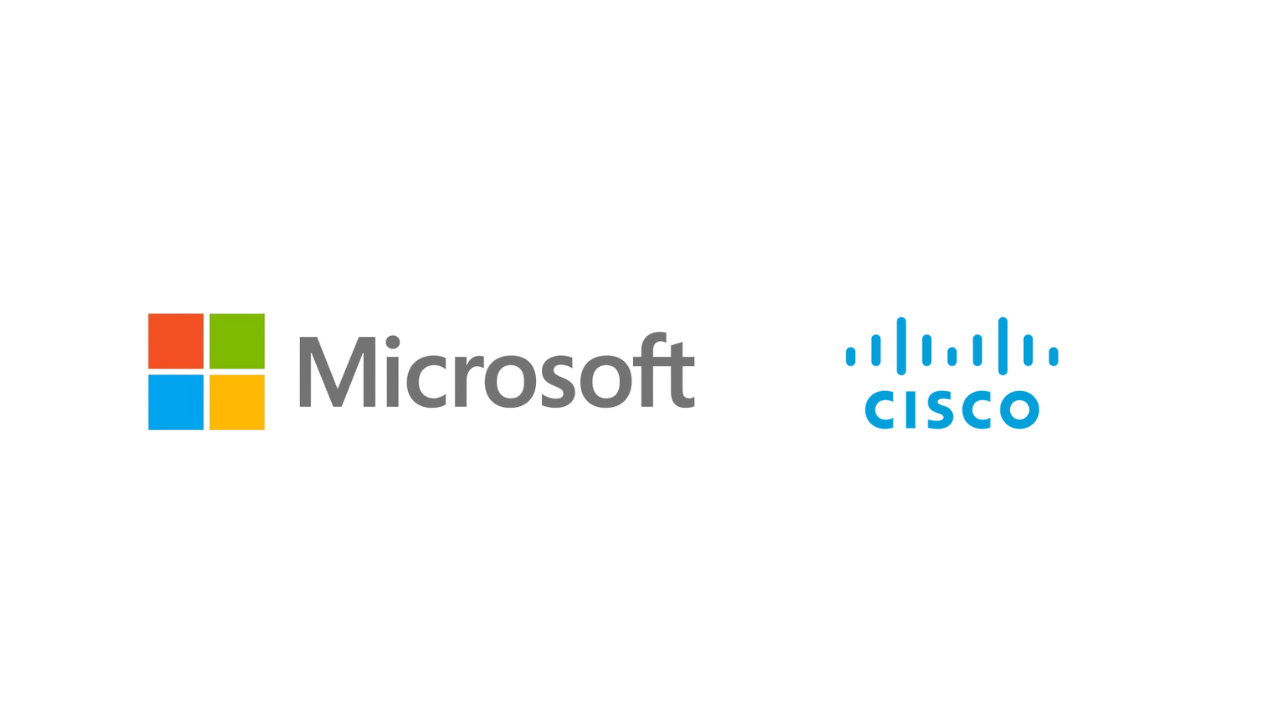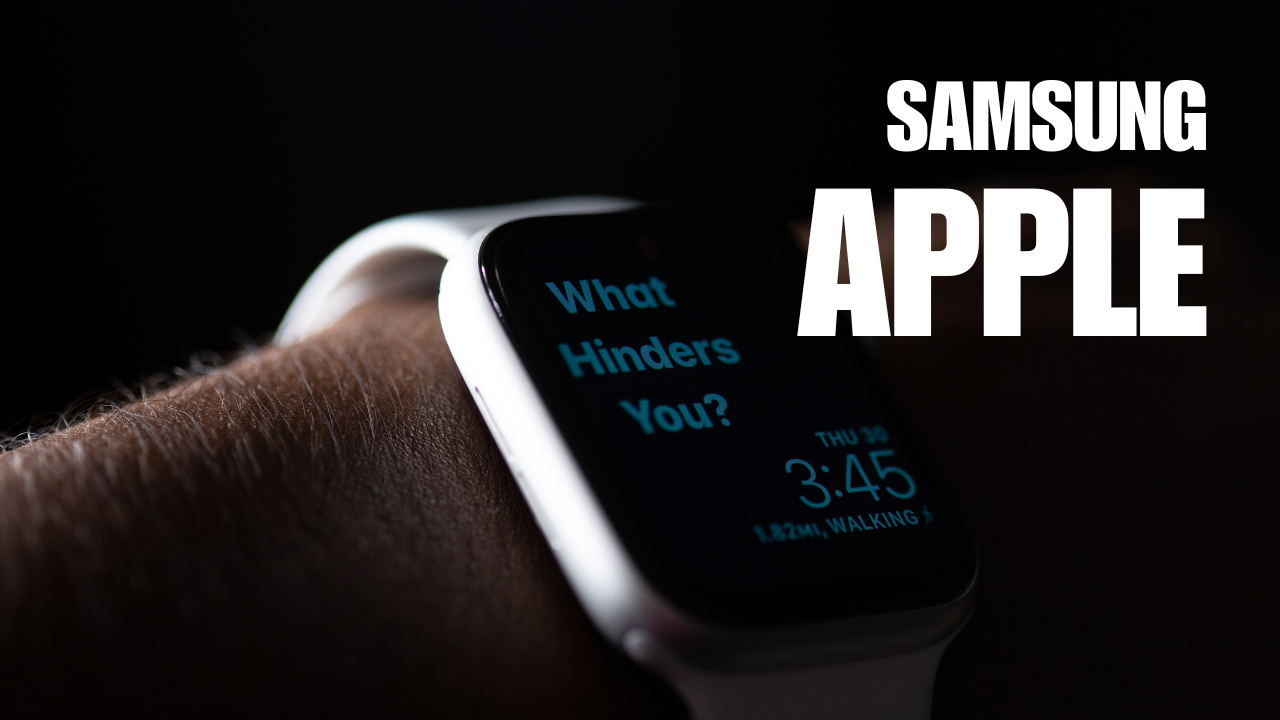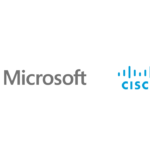
SEO Meta Description: Explore Western Digital’s push into SSDs and how this shift is reshaping the data storage landscape. Learn about SSD benefits, challenges, and the future of hard drives.
Slug: western-digitals-push-into-ssds
The data storage industry is undergoing a major transformation, with traditional hard drives (HDDs) being replaced by faster, more reliable, and energy-efficient solid-state drives (SSDs). One of the companies leading this shift is Western Digital, a long-time player in the hard drive market. Western Digital’s push into SSDs marks the beginning of the end for hard drives as we know them. This article will explore the significance of this transition, Western Digital’s role in it, and what the future of data storage holds.
The Rise of SSD Technology
Solid-state drives have been around for years, but it’s only in recent times that they have started to replace hard drives in consumer electronics, data centers, and enterprise solutions. So, what makes SSD technology so attractive?
Key Advantages of SSDs Over HDDs
Speed and Performance
SSDs offer significantly faster data transfer speeds compared to traditional hard drives. This leads to quicker boot times, faster file access, and enhanced overall system performance. Western Digital’s push into SSDs highlights the growing need for these speed advantages, especially in high-performance computing environments.
Durability and Reliability
Unlike HDDs, which rely on mechanical moving parts, SSDs use flash memory, which is more resistant to physical shocks and wear. This makes them ideal for portable devices and environments where durability is a key concern.
Energy Efficiency
SSDs consume less power than HDDs, contributing to longer battery life in laptops and a reduction in energy consumption for data centers. This energy efficiency is particularly important as companies aim to meet sustainability goals.
As a result of these advantages, SSD adoption has soared, especially among gamers, professionals, and data-driven industries. Western Digital’s push into SSDs represents a recognition of these market demands.
Western Digital’s Evolution
Western Digital has been a significant player in the hard drive industry for decades. However, with the advent of new technology and changing consumer needs, it was clear that the company needed to adapt.
Historical Role in the Hard Drive Market
For years, Western Digital was synonymous with traditional hard drives. The company dominated the HDD market, offering products for both consumer and enterprise use. Their reputation for reliability and affordability helped shape the storage landscape.
Recognizing the Need for Innovation
As SSDs began to outpace HDDs in terms of speed, durability, and power efficiency, Western Digital saw the writing on the wall. They knew they had to innovate or risk becoming irrelevant. Thus, they shifted their focus toward SSDs, investing in research and development to stay ahead of the curve.
Investments and R&D in SSD Technology
Western Digital’s push into SSDs included the acquisition of companies with SSD expertise, such as SanDisk. The integration of SanDisk’s technologies allowed Western Digital to enhance its SSD offerings, particularly in the flash memory space. By focusing on SSD innovation, Western Digital made a deliberate decision to diversify and prepare for a future where hard drives would no longer be the dominant storage solution.
Strategic Push into SSDs
Western Digital’s move into SSDs wasn’t a reactive decision—it was a well-thought-out strategy. The company didn’t just start releasing SSD products; it created a comprehensive roadmap for competing in the rapidly evolving storage market.
Launch of New SSD Product Lines
Western Digital’s push into SSDs included the launch of several new product lines catering to different market segments. For instance, their WD Black series of SSDs targets gamers and high-performance users, offering blazing-fast speeds and large storage capacities. Meanwhile, the WD Blue series caters to everyday users who need reliable, cost-effective storage solutions.
Partnerships and Acquisitions
In addition to product development, Western Digital pursued strategic partnerships and acquisitions to boost its position in the SSD market. The acquisition of SanDisk in 2016 allowed Western Digital to tap into the growing flash memory market, a key component of SSDs. These acquisitions strengthened Western Digital’s technology portfolio and helped them develop cutting-edge SSD products.
Competitive Positioning in the SSD Market
Western Digital’s push into SSDs also involved understanding the competitive landscape. Competing against established brands like Samsung and Crucial, Western Digital focused on offering excellent value for money while maintaining high-quality standards. Their ability to deliver reliable SSDs at competitive prices has helped them secure a solid foothold in the SSD market.
Key SSD Innovations by Western Digital
Western Digital’s innovation in the SSD space is what has truly set them apart. Some of the most notable innovations include advancements in NVMe (Non-Volatile Memory Express) technology and the development of high-capacity SSDs.
NVMe Technology
NVMe is a protocol designed to take full advantage of the speed of modern flash memory. It offers much faster data transfer speeds than the older SATA (Serial ATA) interface, making it ideal for applications that demand high performance, such as gaming, video editing, and data analysis. Western Digital’s push into SSDs involved the widespread adoption of NVMe technology, which has become a benchmark for high-speed storage solutions.
High-Capacity SSDs
Another key area of innovation for Western Digital has been in high-capacity SSDs. As data storage demands continue to increase, users need SSDs that can handle large amounts of data. Western Digital’s push into SSDs includes high-capacity options suitable for enterprise data centers, cloud services, and even consumer desktops, offering storage capacities well beyond the reach of traditional hard drives.
Comparing Western Digital’s SSDs with Competitors
The SSD market is highly competitive, with several companies vying for the top spot. Western Digital’s push into SSDs places them in direct competition with major players like Samsung, Crucial, and Kingston.
Key Competitors in the SSD Space
Samsung is perhaps the most well-known brand in the SSD market, offering high-performance products like the Samsung 970 EVO Plus.
Crucial, a subsidiary of Micron, is known for providing budget-friendly SSDs without sacrificing too much in terms of speed and reliability.
Kingston also competes heavily in the consumer SSD market, offering a wide range of products for different needs.
Differentiators of Western Digital’s SSD Offerings
What sets Western Digital’s SSDs apart from its competitors?
Price-to-performance ratio: Western Digital offers SSDs at competitive prices, often undercutting other premium brands like Samsung, while still delivering exceptional performance.
Warranty and customer support: Western Digital’s customer service is highly rated, and their SSDs come with a solid warranty, giving consumers peace of mind.
Impact on the Hard Drive Industry
The shift toward SSDs has had a profound impact on the traditional hard drive industry. With faster, more durable, and energy-efficient options available, demand for hard disk drives (HDDs) has been in steady decline.
Declining Demand for Traditional HDDs
As more users embrace SSDs, particularly in personal computing, the need for traditional HDDs in these markets has significantly decreased. Western Digital’s push into SSDs reflects this changing demand, with the company continuing to support HDDs in niche markets but focusing more on solid-state storage solutions for most applications.
Role of HDDs in Niche Markets
Despite the rise of SSDs, HDDs are still valuable in certain applications where speed is less of a concern. For instance, HDDs are still widely used in archival storage and large-scale data centers, where cost per gigabyte is a higher priority than speed. Western Digital continues to support the HDD market, ensuring that both SSDs and HDDs coexist in a broader storage ecosystem.
Challenges in Transition
Despite the advantages of SSDs, there are challenges that come with transitioning away from HDDs.
High Production Costs of SSDs
One of the primary obstacles to SSD adoption is cost. SSDs are still more expensive to manufacture than traditional HDDs, which has kept the price point relatively high, especially for high-capacity models. This price difference can be a barrier for many consumers who are accustomed to the more affordable HDDs.
Addressing the Price Gap Between SSDs and HDDs
Western Digital’s push into SSDs has been accompanied by efforts to close the price gap. By increasing production efficiency and investing in new manufacturing technologies, Western Digital is working to make SSDs more affordable and accessible to a wider range of customers.
Overcoming Consumer Hesitations About SSD Longevity
Another concern for consumers has been the longevity of SSDs. While SSDs have improved in terms of durability, many consumers still have reservations about their lifespan compared to HDDs. Western Digital has addressed these concerns by offering warranties and regularly improving the durability of their SSDs.
Environmental Considerations
The transition from HDDs to SSDs also raises important environmental questions.
Energy Efficiency of SSDs Compared to HDDs
As mentioned earlier, SSDs consume less power than traditional hard drives. This is not only beneficial for laptop users looking for longer battery life but also for data centers looking to reduce their energy consumption. Western Digital’s push into SSDs reflects an increasing demand for more energy-efficient storage solutions.
E-Waste Implications of Transitioning to SSDs
With the shift to SSDs, the question of electronic waste (e-waste) becomes more pressing. SSDs have a longer lifespan than HDDs, but they still eventually reach the end of their useful life. Western Digital is working on sustainability initiatives to mitigate e-waste, including offering
recycling programs and designing their products for easier disassembly.
Western Digital’s Sustainability Initiatives
Western Digital has committed to reducing its environmental impact through various sustainability programs, including efforts to lower carbon emissions in manufacturing processes and using more sustainable materials in their products.
The Future of Data Storage
As Western Digital’s push into SSDs continues, what does the future of data storage look like?
Predicted Dominance of SSDs
It’s clear that SSDs will become the dominant form of storage, surpassing HDDs in almost every area except for niche use cases. Their speed, durability, and energy efficiency make them the ideal choice for most modern applications, from personal computing to enterprise data centers.
Emerging Technologies in Storage
Beyond SSDs, new technologies such as 3D NAND and Optane Memory are pushing the boundaries of data storage. Western Digital is actively involved in these innovations, ensuring that they stay at the forefront of storage technology.
How Western Digital Plans to Remain at the Forefront
By continuing to innovate and push the boundaries of SSD technology, Western Digital is positioning itself to remain a leader in the storage space. Their ability to adapt to changing market needs will ensure their continued success in the years to come.
Conclusion
Western Digital’s push into SSDs represents a monumental shift in the world of data storage. By embracing SSD technology and leading the way in innovation, Western Digital is helping to usher in the end of hard drives as we know them. With faster speeds, greater reliability, and better
energy efficiency, SSDs are poised to dominate the storage market in the coming years. As Western Digital continues to develop new solutions, the future of storage looks faster, more sustainable, and more efficient than ever before.









